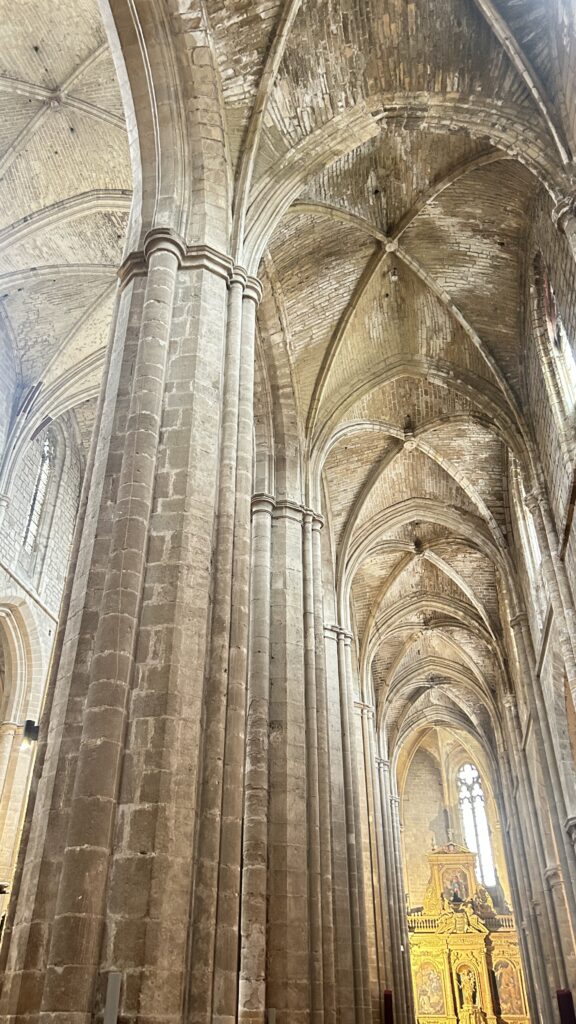
The Basilica of Mary Magdalene in Saint Maximin- Towers, both majestic and grounded, speaks of a past that still lingers. Every corner holds devotion, of faith unbroken through time.
The air is filled with a quiet reverence, centuries of prayer are held within its sacred space.
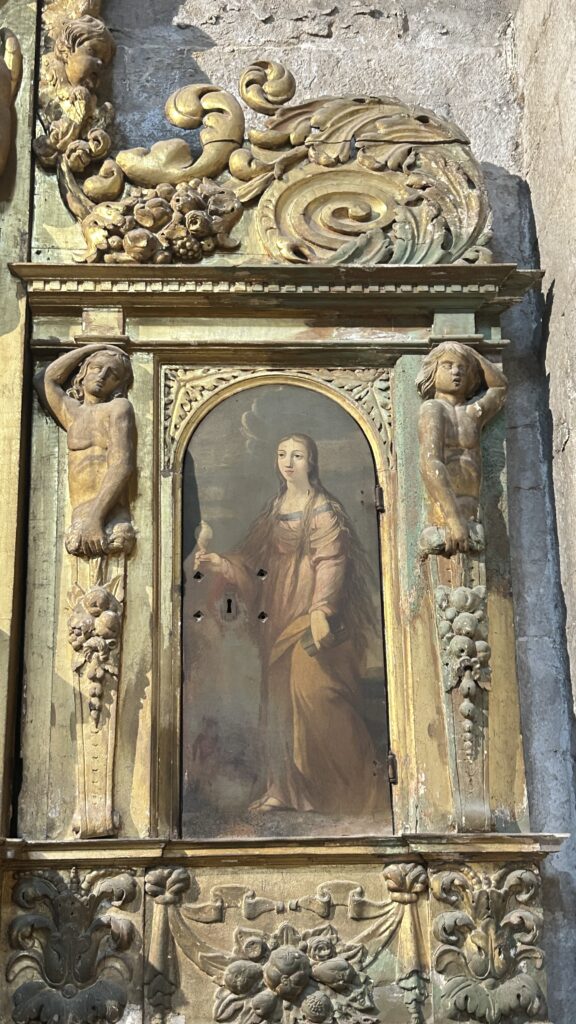
The origins of the Basilica trace back to the 4th century, when the first church was built to honor Saint Maximin, one of the bishops of Aix, and to house the relics of Mary Magdalene. The Gothic structure, however, begun in the 13th century, replacing earlier buildings and expanding the site to welcome the growing pilgrimages.

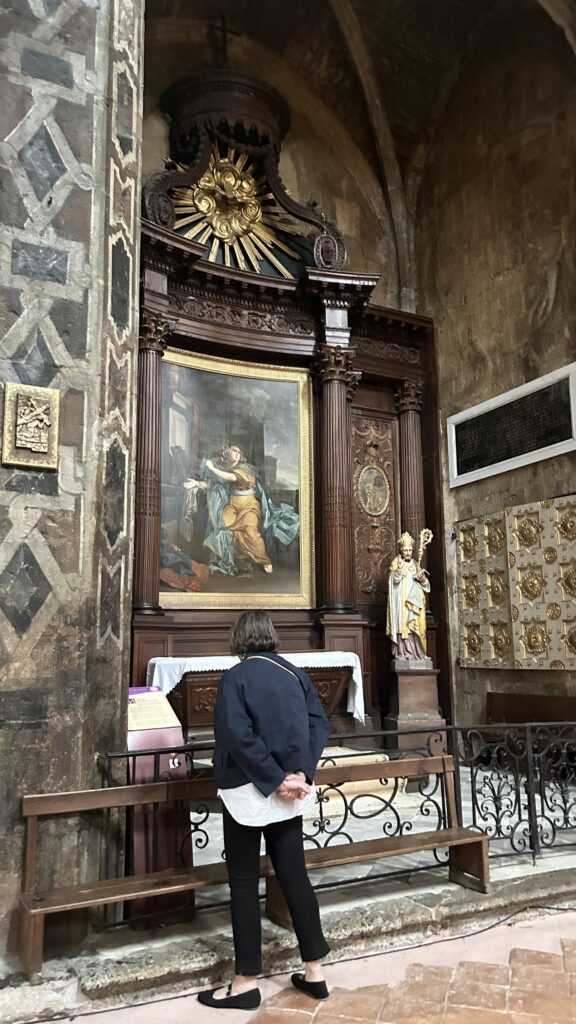
A visit to the Basilica in Saint-Maximin is a journey through layers of history and legend. Tradition tells us that after fleeing persecution, Mary Magdalene—along with her siblings, Martha and Lazarus—found refuge in Provence. She is said to have spent thirty years in a cave atop the Sainte-Baume massif, evangelizing the region, with angels reportedly lifting her to pray on the cliffs. Upon her death, she was buried in what is now the basilica’s crypt by Saint Maximin.

By the 6th century, a small church stood over her tomb, and in the 4th century, Cassianite monks began guarding the site, welcoming pilgrims. Over time, the site grew in significance, and by 710, fearing Saracen raids, monks hid the relics of Mary Magdalene. They secretly swapped the bodies in the sarcophagi, preserving the saint’s remains and concealing them in a simpler tomb.
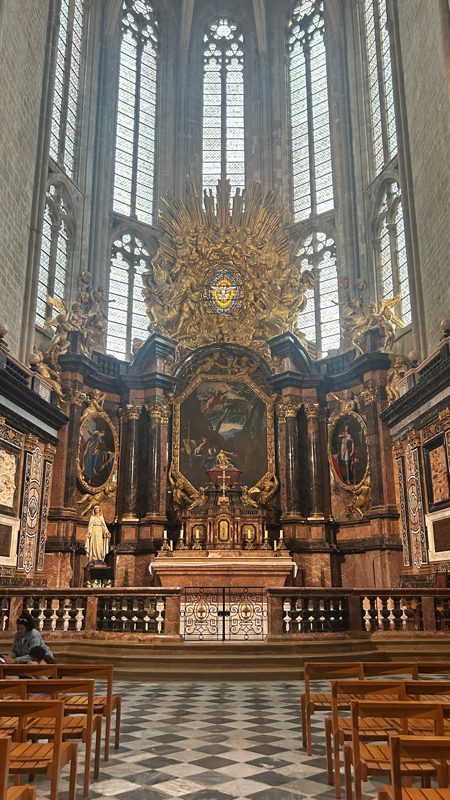
Stories of faith love, and memories flow like a river—carried from one voice to the next, through song, through art, through the written word. They are the pulse of our shared existence, capturing the essence of lives lived, the tender moments, the quiet struggles, and the enduring joys. Each retelling holds more than just details; it carries meaning, knowledge, belief—an offering of heart and soul.
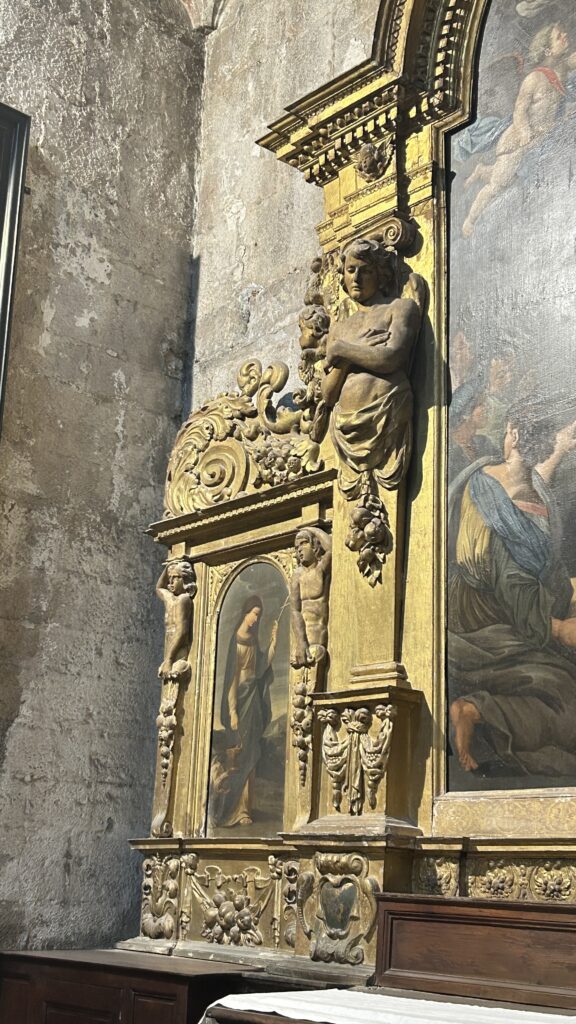
What is lost in time is never truly gone, but instead, trickles down through generations, gathering strength in its passage. And with each telling, we find truth—ever-changing, yet always vital—continuing to echo in the spaces between us, a thread that binds the past to the present, and the present to the future.

Leave a Reply